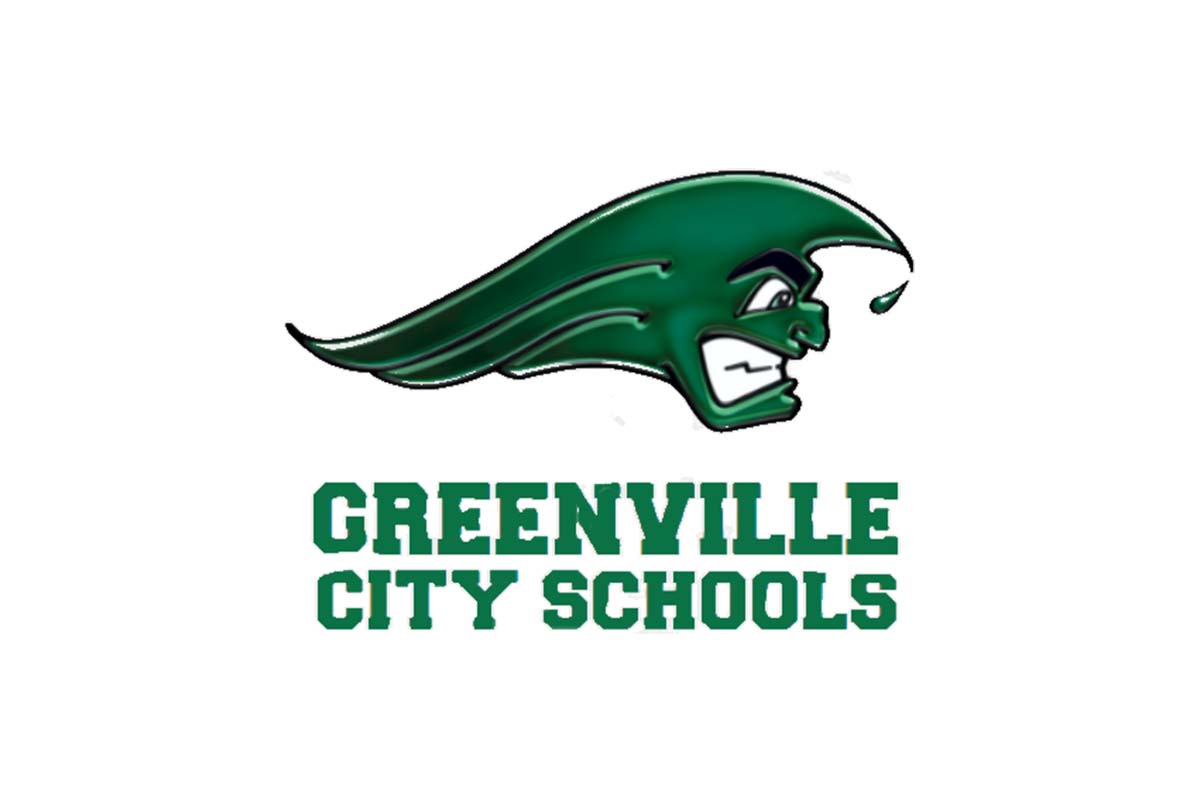
By Kylie D. Prasuhn |
GREENVILLE – Greenville City Schools seeks to provide a safe and high-quality learning environment
that enables the district to provide engaging and rewarding work for students every day.
Many may wonder what happens when a student is not performing as expected for his/her grade level.
At Greenville City Schools, the diligent practice of assessing students’ performance begins at the
start of a new school year and continues throughout. At the beginning of each school year (as well
as in the winter and spring), all students in Kindergarten through grade 10 are assessed using NWEA
Measures of Academic Progress in math and reading. The results indicate a student’s performance for
his/her grade level in math and reading according to national norms. Additional assessments may
include:
• Orton-Gillingham, which is a highly structured approach that breaks reading and spelling down
into smaller skills involving letters and sounds, and then building these skills over time.
• Letter and letter sound identification.
• Hearing and recording sounds in words.
• High Frequency Word reading and writing, in which students are screened according to words they
should know for their grade level.
• Fountas & Pinnell Benchmarks. Fountas & Pinnell is a comprehensive, systematic design for
high-impact literacy instruction.
• Developmental Reading Assessment. DRA is a test that measures a student’s reading level,
accuracy, fluency, and comprehension.
If the screening results are concerning, students begin receiving interventions addressing skill
deficits using a Multi-Tiered System of Supports (MTSS) and Response to Intervention (RTI), which
are both general education initiatives. MTSS incorporates three tiers of support – Tier 1, Tier 2, and Tier 3. Tier 1 refers
to the core classroom instruction and universal interventions that all students in all settings
receive. It is preventive and proactive, and approximately 80% of students will respond positively
to this core instruction. Tier 2 refers to additional targeted instruction time with data
collection and progress monitoring in a small group for some students. Approximately 15-20% of
students will require this level of support. Tier 3 refers to high intensity, individual support
and progress monitoring, with frequent data collection and progress monitoring. The remaining 0-5%
of students will require this level of intensive support.
When students are not progressing satisfactorily with Tier 1 instruction and interventions, the
general education teacher with support of other school staff determine skills needing targeted
instruction and devise a plan for strategic, research-based Tier 2 interventions. Students at this
level of support receive Tier 1 core instruction plus supplemental Tier 2 interventions for 20-30
minute sessions at least three times per week. This is where Response to Intervention plays a role.
The goal of Tier 2 instruction and intervention is to cause students who are at risk to catch up to
grade-level expectations – that students respond positively to the intervention. The duration of
Tier 2 interventions is six-eight weeks per targeted intervention.
A few students (0-5%) may experience severe and persistent learning difficulties, requiring Tier 3
instruction and interventions matched to their needs and goals. This level of support is in addition to Tier 1 core
instruction and depending on the student’s needs, may be in addition to or in place of Tier 2
instruction. Tier 3 intervention is explicit, intensive, and research-based. Sessions are 45-60
minutes daily and includes weekly progress monitoring. Tier 3 intervention is often not a different
intervention, but an increase in intensity allowing students more opportunities to practice skills.
Again, the goal of Tier 3 instruction is to cause students to catch up to grade-level expectations, responding
positively to the intervention. The duration of Tier 3 interventions is three to six months.
If, through the Multi-Tiered System of Supports and Response to Intervention process, students do
not respond positively or satisfactorily, the RTI team may suspect a disability and refer the
student for a special education evaluation while the student continues to receive core instruction
and appropriate interventions.
Throughout this whole process, including general education core instruction, MTSS, RTI, and special
education, Greenville City Schools continues to strive to maximize the potential of all students.
In doing so, ensuring compliance with state and federal regulations while supporting our students
is a priority. The 2023 Ohio Special Education Rating was recently released. Greenville City
Schools’ 2023 Rating is Meets Requirements. This is the highest of four potential ratings and
assessed Greenville City Schools’ performance on the following special education compliance
measures:
• discipline discrepancies by race;
• disproportionality in identification into special education for special education;
• timely initial evaluations;
• early childhood transition;
• secondary transition planning;
• timely correction of noncompliance;
• timely and accurate data reporting; and
• special education audit findings.
Greenville City Schools strives to continuously improve, looking ahead to each student’s future.
Questions regarding your student’s instruction and progress should be directed towards his/her
teachers, building principal, or Kylie Prasuhn, Director of Special Services at 937-548-3185, ext.
1307. Additional information can be found on the district website, www.greenville.kl2.oh.us.

